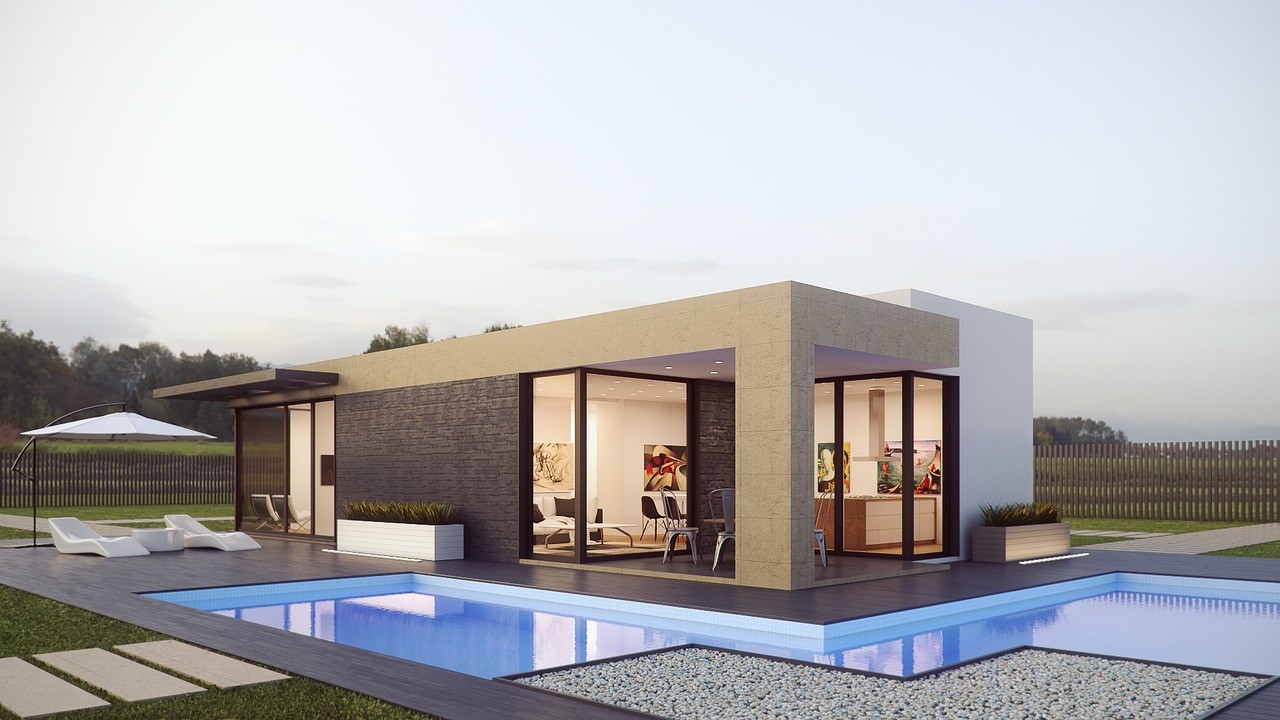Steel Prefab House, prefabricated housing, or “kit homes” as they’re sometimes called, have been around a lot longer than you’d think. Surprisingly, the first documented modular house was built in Australia in 1853. The trend gradually caught on and found it’s way to England, then finally to the US to support the gold rush in 1908. Just so we’re all using the same terms, modular and prefabricated housing is defined, for the sake of this article, as any structure that has some portion of it built in an offsite factory and is assembled on location.
Similar to modular housing, cargo containers have been transformed and bended to fit within new technologies and market demands. In the England during the late 1700’s they began transporting coal in containers. The popularity of this method grew, and by the 1830’s they were using a form of intermodal container to transport coal by cart, then train, to the final destination. However, they were not the containers as we know them today, and there was not a global standard for size. It’s wasn’t until 1955 that a former trucking company owner named Malcolm McLean pioneered the development of the intermodal cargo container that we know and use today.
Now, some nearly 60 years later we’re finding that we have a lot of these cargo containers built and deployed, so much that we’re looking for other things that we can do with them. After some head scratching, people realized that they could take the sturdy steel boxes and convert them into living quarters, very similar to the concept of modular housing. While many countries have been using cargo containers for everything from shops and storage units, the first large, planned and publicized development was in London in 2000, and aptly named “Container City 1”. From there, popularity grew and housing developments as large as 1000 containers have been constructed, or perhaps we should say assembled.



